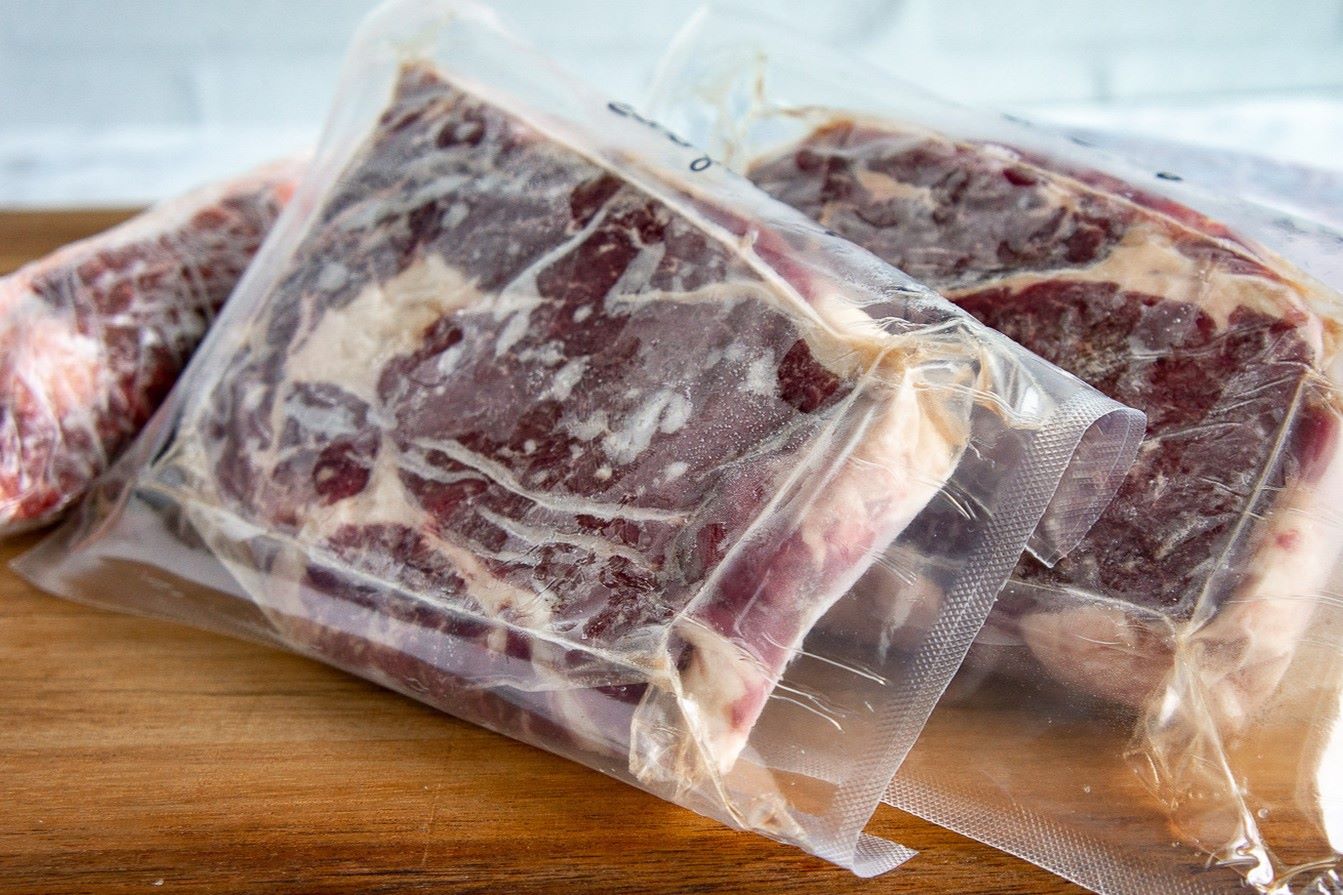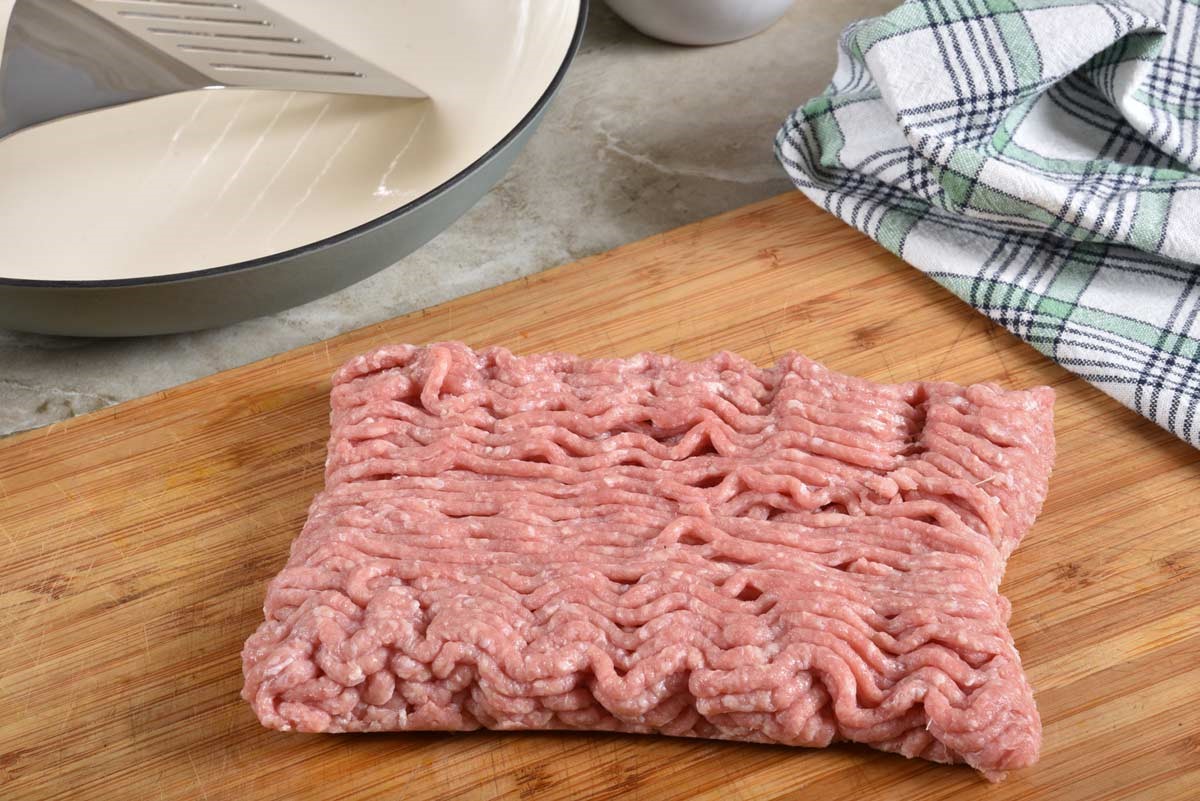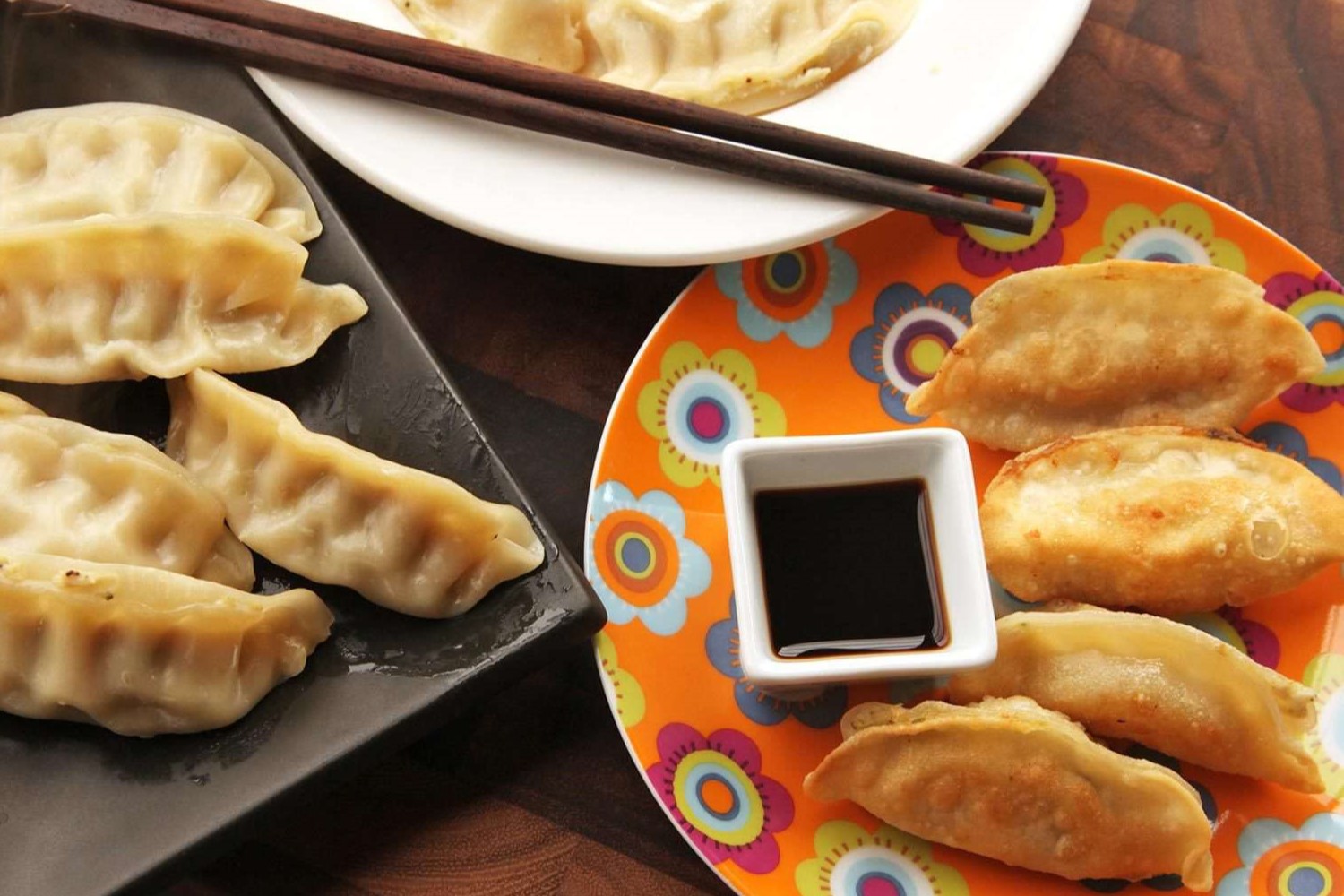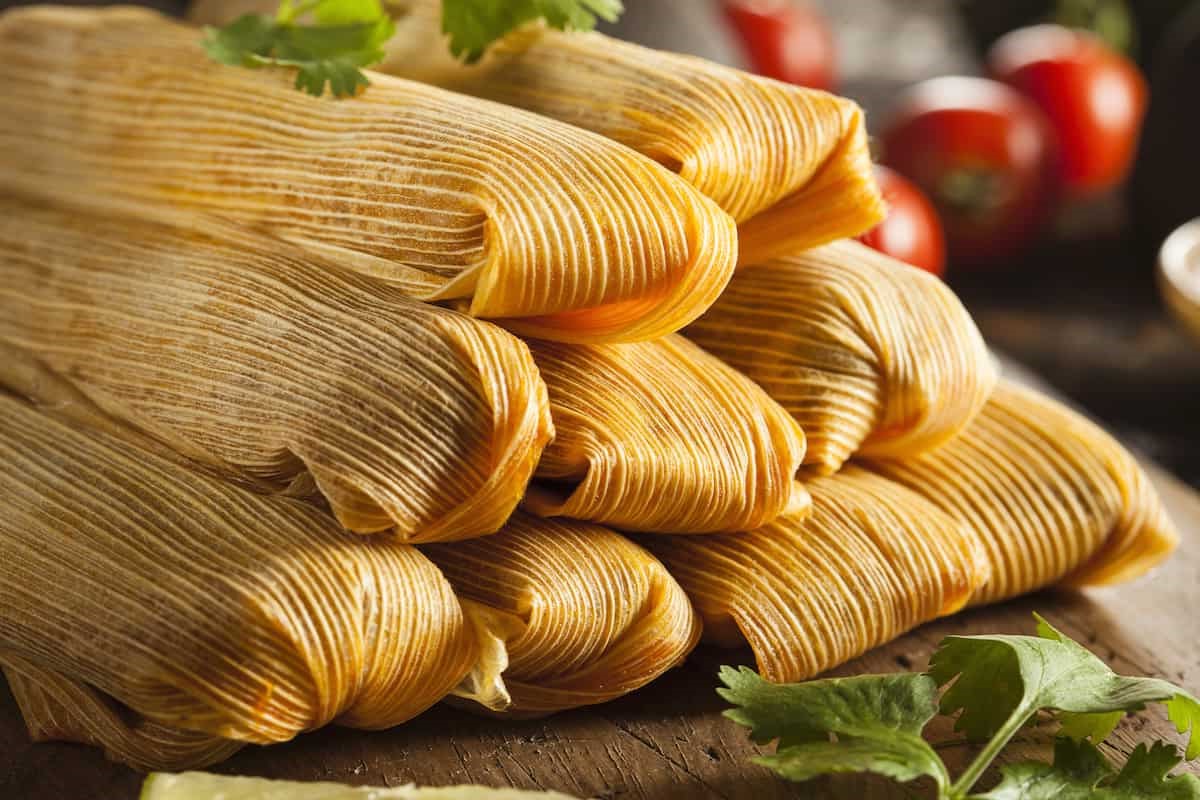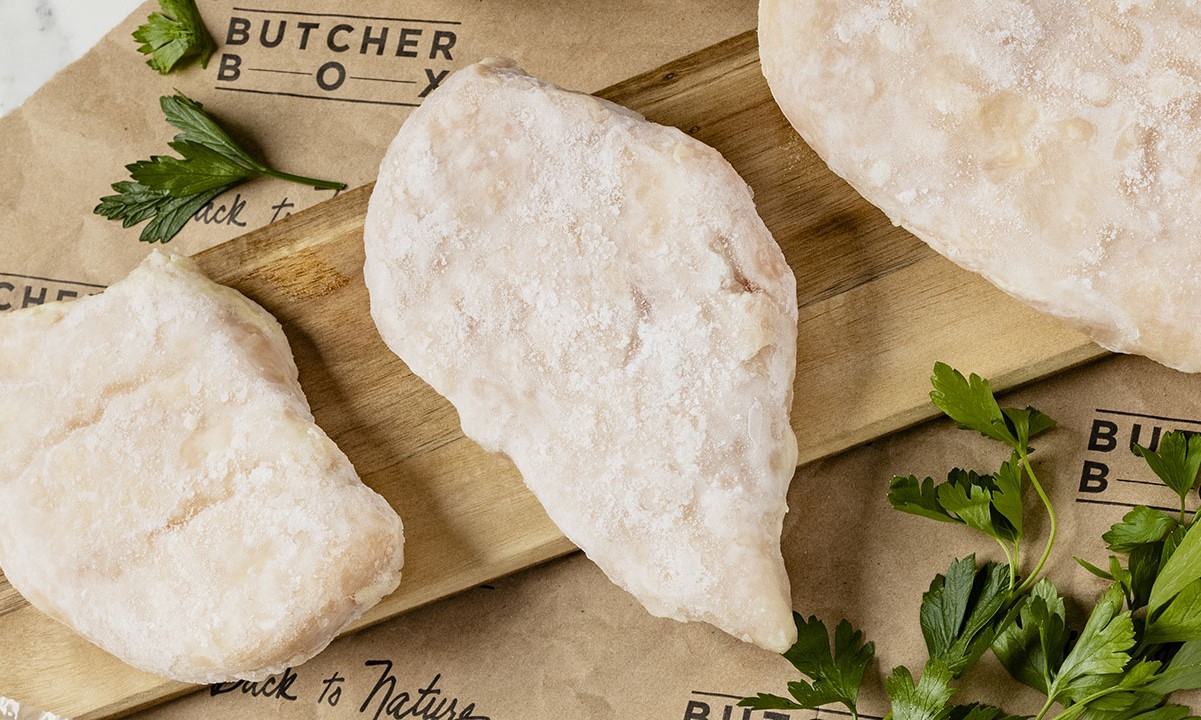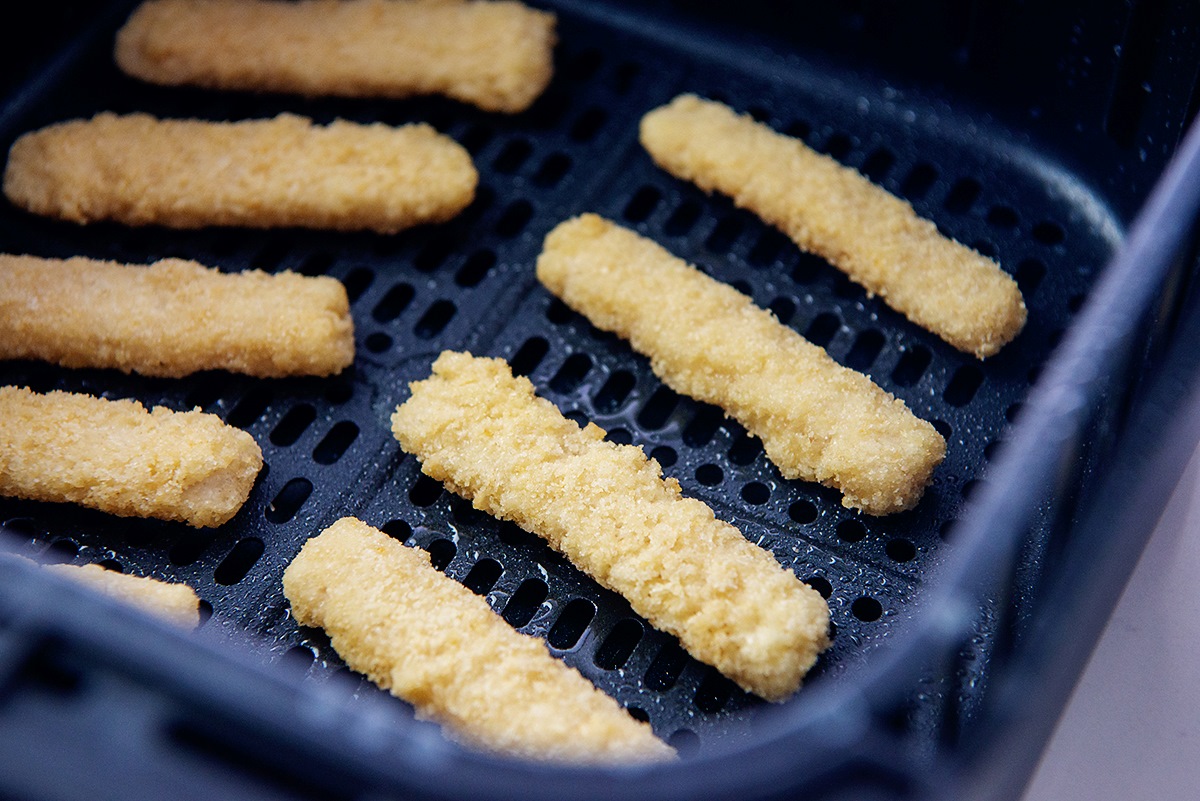Home>Food and Cooking>How To Defrost Frozen Lobster Tails
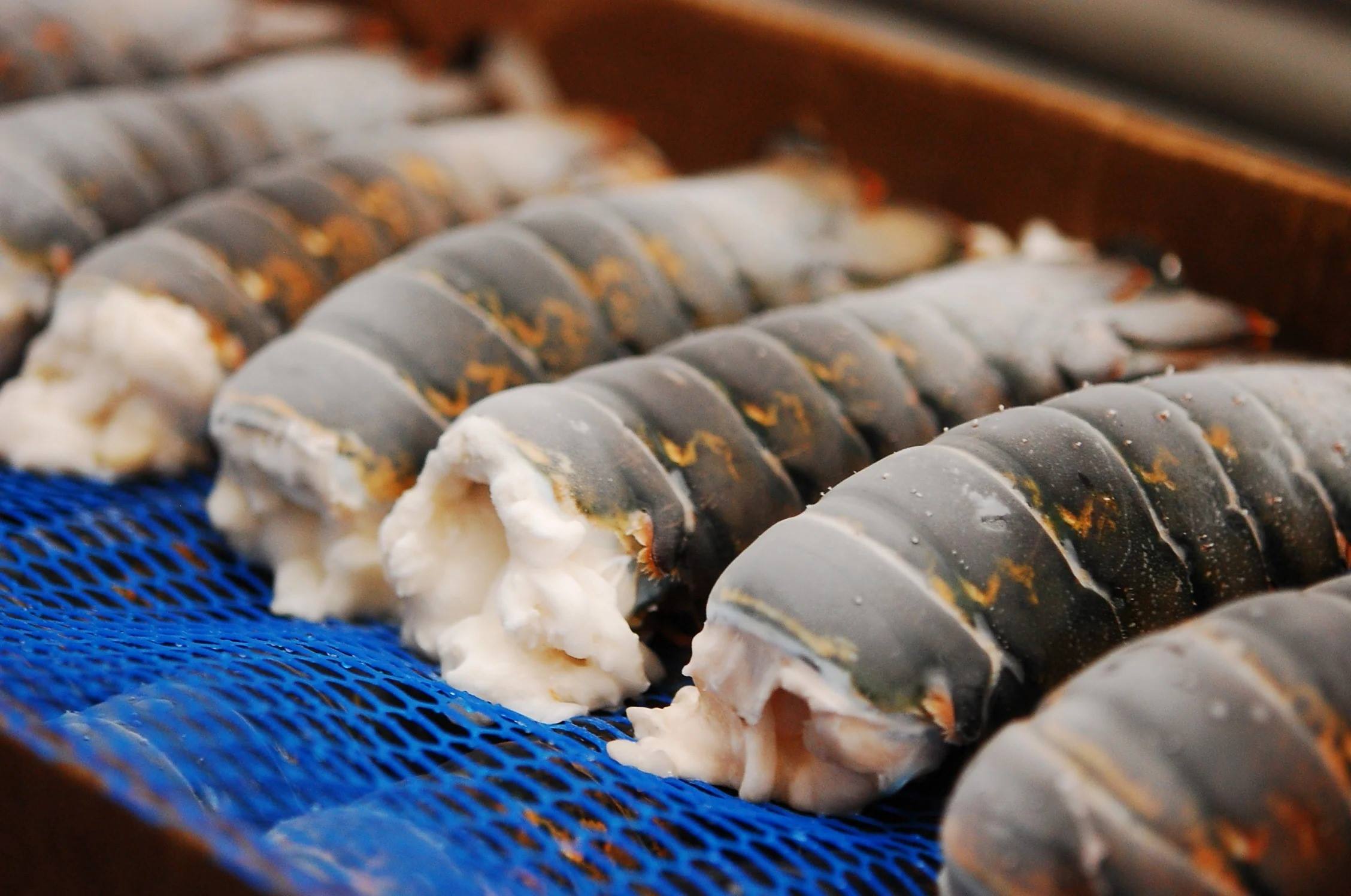

Food and Cooking
How To Defrost Frozen Lobster Tails
Published: February 28, 2024
Learn how to defrost frozen lobster tails quickly and safely with our easy-to-follow guide. Perfect for food and cooking enthusiasts looking to enjoy a delicious lobster meal at home.
(Many of the links in this article redirect to a specific reviewed product. Your purchase of these products through affiliate links helps to generate commission for Noodls.com, at no extra cost. Learn more)
Table of Contents
Introduction
Lobster tails are a delicacy that many people enjoy, whether it's for a special occasion or a regular indulgence. However, not everyone has access to fresh lobster, and frozen lobster tails can be a convenient alternative. When it comes to preparing frozen lobster tails, the process of defrosting is a crucial step that can significantly impact the final dish's flavor and texture.
In this comprehensive guide, we will delve into the various methods for defrosting frozen lobster tails, ensuring that you can bring out the best in this delectable seafood. Whether you're a seasoned home cook or a novice in the kitchen, mastering the art of defrosting lobster tails will elevate your culinary skills and allow you to savor the rich, succulent flavors of this prized crustacean.
Understanding the nuances of defrosting frozen lobster tails is essential for preserving their natural sweetness and tenderness. By exploring the different defrosting methods and gaining insights into the best practices, you'll be well-equipped to handle frozen lobster tails with confidence and finesse. So, let's embark on this culinary journey and unlock the secrets to achieving perfectly defrosted lobster tails that will tantalize your taste buds and impress your dining companions.
Read more: How To Butterfly A Lobster Tail
Understanding Frozen Lobster Tails
When it comes to frozen lobster tails, understanding their nature is essential for ensuring a delightful culinary experience. Frozen lobster tails are a convenient option for those who may not have access to fresh seafood or prefer the convenience of having them readily available in their freezer. These tails are typically harvested, processed, and frozen at their peak freshness, preserving their natural flavors and textures.
It's important to note that frozen lobster tails come in various sizes, ranging from small to jumbo, each offering its unique culinary advantages. Smaller tails are prized for their tenderness and delicate flavor, while larger ones are known for their meaty texture and robust taste. Understanding the size and characteristics of the lobster tails you're working with will help you tailor your cooking approach to achieve the best results.
Furthermore, frozen lobster tails are often sold in their shell, providing protection and preserving their quality during the freezing process. This means that when it comes time to defrost and prepare them, you'll need to consider the best methods for ensuring that the meat thaws evenly and retains its natural juiciness.
In addition to their culinary appeal, frozen lobster tails offer a longer shelf life compared to fresh ones, making them a practical choice for stocking up on this coveted seafood. Whether you're planning a special dinner or simply want to have a luxurious ingredient on hand for impromptu meals, having frozen lobster tails in your freezer allows for greater flexibility in your culinary endeavors.
By understanding the characteristics and benefits of frozen lobster tails, you can approach the defrosting and cooking process with confidence, knowing that you're working with a high-quality ingredient that has been carefully preserved to deliver an exceptional dining experience.
Methods for Defrosting Frozen Lobster Tails
When it comes to defrosting frozen lobster tails, several methods can be employed to ensure that the meat thaws evenly and retains its natural flavor and texture. Each method offers its unique advantages, allowing you to choose the approach that best suits your timeline and culinary preferences. Here are the primary methods for defrosting frozen lobster tails:
Using the Refrigerator Method
The refrigerator method is a reliable and gentle approach to defrosting frozen lobster tails. To use this method, simply place the frozen tails in a covered container or a resealable plastic bag and allow them to thaw in the refrigerator. This gradual thawing process ensures that the lobster meat retains its moisture and tenderness while minimizing the risk of bacterial growth.
Using the Cold Water Method
If you're short on time, the cold water method offers a quicker alternative for defrosting frozen lobster tails. Start by placing the frozen tails in a leak-proof plastic bag and submerging them in a bowl of cold water. It's essential to change the water every 30 minutes to maintain a consistent temperature and promote even thawing. While this method is faster than using the refrigerator, it still allows for controlled thawing, preserving the lobster tails' quality.
Read more: How To Defrost Bacon
Using the Microwave Method
For those seeking the fastest defrosting option, the microwave method can expedite the process. When using this method, it's crucial to follow the microwave's defrost setting and carefully monitor the lobster tails to prevent any cooking. While this approach offers convenience, it's important to exercise caution to avoid partially cooking the meat during the defrosting process.
By understanding and utilizing these defrosting methods, you can ensure that your frozen lobster tails thaw effectively, setting the stage for a delightful culinary experience. Whether you opt for the gentle refrigeration method, the efficient cold water method, or the expedient microwave method, each approach allows you to defrost your lobster tails with precision, preserving their natural sweetness and succulence.
These defrosting methods serve as valuable tools in your culinary repertoire, empowering you to handle frozen lobster tails with confidence and finesse. With the right defrosting technique at your disposal, you can embark on a culinary journey that celebrates the exquisite flavors and textures of this prized seafood, elevating your dining experiences to new heights.
Using the Refrigerator Method
The refrigerator method is a reliable and gentle approach to defrosting frozen lobster tails. This method is ideal for individuals who prefer a slow and controlled thawing process, allowing the lobster meat to retain its natural moisture and tenderness. To utilize the refrigerator method, begin by placing the frozen lobster tails in a covered container or a resealable plastic bag. This containment prevents any potential leakage and ensures that the lobster tails remain protected during the thawing process.
Once the lobster tails are securely stored, position the container or bag in the refrigerator, where the consistent, cool temperature will facilitate gradual thawing. It's important to allocate sufficient time for this method, as the process typically takes anywhere from 8 to 24 hours, depending on the size and quantity of the lobster tails. While the refrigerator method requires patience, the extended thawing time allows for the meat to thaw evenly, preserving its delicate texture and flavor.
By defrosting the lobster tails in the refrigerator, you can rest assured that the meat will thaw at a safe and controlled pace, minimizing the risk of bacterial growth and ensuring food safety. This method is particularly advantageous for individuals who plan their meals in advance, as it allows for convenient planning and preparation. Additionally, the refrigerator method is well-suited for those who prioritize the quality and integrity of the lobster tails, as the gradual thawing process helps maintain the meat's natural juiciness and succulence.
Furthermore, the refrigerator method offers the flexibility to defrost larger quantities of lobster tails, making it an efficient choice for gatherings and special occasions. Whether you're hosting a dinner party or simply preparing a sumptuous meal for your family, the refrigerator method provides a reliable and hassle-free approach to defrosting frozen lobster tails.
In summary, the refrigerator method stands as a steadfast and dependable option for defrosting frozen lobster tails. Its gentle and gradual thawing process ensures that the meat retains its moisture and tenderness, setting the stage for a delightful culinary experience. By embracing the refrigerator method, you can elevate your cooking endeavors and savor the exquisite flavors of perfectly defrosted lobster tails, creating memorable dining moments for yourself and your loved ones.
Using the Cold Water Method
The cold water method offers a convenient and efficient approach to defrosting frozen lobster tails, making it an ideal choice for individuals seeking a quicker thawing process. To initiate this method, begin by placing the frozen lobster tails in a leak-proof plastic bag, ensuring that they are fully sealed to prevent water from seeping in. Subsequently, submerge the sealed bag containing the lobster tails in a bowl of cold water. It's important to use cold water to maintain a safe temperature and promote even thawing without initiating any premature cooking of the meat.
As the lobster tails rest in the cold water, it's crucial to monitor the temperature and change the water every 30 minutes. This proactive step helps sustain a consistent and safe environment for the thawing process, preventing any potential bacterial growth and ensuring that the lobster tails thaw evenly. The cold water method typically takes approximately 30 minutes to 1 hour, depending on the size and quantity of the lobster tails. This efficient timeframe makes it an appealing option for individuals seeking a swift defrosting process without compromising the quality of the meat.
One of the key advantages of the cold water method is its ability to expedite the defrosting process while maintaining the integrity of the lobster tails. This method is particularly beneficial for individuals who may need to prepare a meal at short notice or desire a convenient approach to defrosting frozen lobster tails. Whether you're planning a spontaneous dinner or simply want to enjoy lobster tails without the extended wait associated with the refrigerator method, the cold water method offers a practical solution for achieving timely thawing results.
Furthermore, the cold water method provides flexibility, allowing you to defrost varying quantities of lobster tails based on your specific culinary needs. Whether you're defrosting a single tail for a personal indulgence or multiple tails for a gathering, this method accommodates diverse requirements with ease. Its efficiency and adaptability make it a valuable tool in your culinary repertoire, empowering you to prepare and enjoy frozen lobster tails with convenience and confidence.
In summary, the cold water method stands as a reliable and efficient approach to defrosting frozen lobster tails. Its ability to expedite the thawing process while maintaining the quality of the meat makes it a favored choice for individuals seeking a convenient and timely defrosting method. By embracing the cold water method, you can effortlessly prepare perfectly thawed lobster tails, setting the stage for a delightful culinary experience that celebrates the exceptional flavors and textures of this prized seafood.
Using the Microwave Method
The microwave method offers a convenient and expedient approach to defrosting frozen lobster tails, making it an attractive option for individuals seeking a swift thawing process. When utilizing this method, it's essential to exercise caution and closely monitor the lobster tails to prevent any premature cooking of the meat. The microwave's defrost setting should be employed to ensure that the lobster tails thaw evenly without undergoing any cooking processes.
To initiate the microwave method, place the frozen lobster tails in a microwave-safe dish, ensuring that they are arranged in a single layer to promote uniform thawing. It's important to follow the microwave manufacturer's guidelines for defrosting seafood and set the appropriate time and power level to facilitate the thawing process. By adhering to the recommended settings, you can mitigate the risk of partially cooking the lobster tails while ensuring that they thaw efficiently.
Throughout the defrosting process, it's crucial to periodically check the lobster tails and rearrange them as needed to promote even thawing. This proactive approach helps prevent any sections of the meat from becoming partially cooked, ensuring that the lobster tails retain their natural tenderness and succulence. By maintaining a vigilant eye on the microwave's progress, you can safeguard the quality of the lobster tails and prepare them for subsequent culinary endeavors.
The microwave method's primary advantage lies in its ability to expedite the thawing process, making it an appealing choice for individuals with time constraints. Whether you're preparing a quick meal or seeking a convenient approach to defrosting frozen lobster tails, this method offers efficiency without compromising the quality of the meat. However, it's important to note that the microwave method is best suited for individuals who are experienced in using this appliance and can carefully monitor the defrosting process to prevent any unintended cooking.
In summary, the microwave method provides a rapid and practical approach to defrosting frozen lobster tails. Its efficiency and convenience make it a valuable option for individuals seeking timely thawing results. By employing the microwave method with attentiveness and precision, you can effectively prepare perfectly thawed lobster tails, setting the stage for a delightful culinary experience that celebrates the exceptional flavors and textures of this prized seafood.
Read more: How To Defrost Salmon
Tips for Defrosting Frozen Lobster Tails
-
Plan Ahead: If you know you'll be preparing lobster tails, it's best to plan ahead and opt for the refrigerator method. This allows for a gradual thawing process, ensuring that the meat retains its natural moisture and texture.
-
Monitor Thawing Time: Regardless of the method chosen, it's essential to monitor the thawing time carefully. Over-thawing can lead to the loss of moisture and compromise the lobster tails' quality, while under-thawing may result in uneven cooking.
-
Maintain Food Safety: When defrosting lobster tails, it's crucial to adhere to food safety guidelines. Ensure that the thawing environment remains at a safe temperature to prevent bacterial growth and maintain the integrity of the meat.
-
Avoid Refreezing: Once lobster tails have been fully thawed, it's advisable not to refreeze them. Refreezing can negatively impact the texture and flavor of the meat, potentially compromising the overall dining experience.
-
Consider Flavor Enhancements: If desired, consider incorporating flavor enhancements during the thawing process. For example, infusing the cold water used in the cold water method with aromatic herbs or citrus can impart subtle yet delightful flavors to the lobster tails.
-
Pat Dry Before Cooking: After the lobster tails have been thawed, pat them dry with paper towels before proceeding with the cooking process. Removing excess moisture helps achieve a desirable sear and enhances the overall presentation of the dish.
-
Explore Culinary Creativity: Once the lobster tails are defrosted, embrace culinary creativity by exploring various cooking methods and flavor pairings. Whether grilling, broiling, or incorporating complementary ingredients, let your culinary imagination flourish.
-
Appreciate Versatility: Recognize the versatility of defrosted lobster tails in culinary applications. From elegant main courses to tantalizing appetizers, defrosted lobster tails can elevate a wide range of dishes, allowing for diverse culinary expressions.
By incorporating these tips into the defrosting process, you can ensure that your frozen lobster tails are thawed with precision and care, setting the stage for a remarkable culinary experience that celebrates the exceptional flavors and textures of this prized seafood.
Conclusion
In conclusion, mastering the art of defrosting frozen lobster tails is a pivotal step in unlocking the full potential of this esteemed seafood. By understanding the characteristics of frozen lobster tails and exploring the various defrosting methods, individuals can ensure that the meat thaws evenly and retains its natural sweetness and tenderness.
The refrigerator method stands as a steadfast and reliable approach, offering a gentle and controlled thawing process that preserves the integrity of the lobster tails. Its convenience and flexibility make it an ideal choice for individuals planning meals in advance or seeking to defrost larger quantities of lobster tails for special occasions.
The cold water method provides an efficient and practical alternative, allowing for timely thawing without compromising the quality of the meat. This method is well-suited for individuals with time constraints or those seeking a convenient approach to defrosting frozen lobster tails.
The microwave method offers expedited thawing, catering to individuals requiring swift results. While this method provides efficiency, it necessitates careful monitoring to prevent any unintended cooking of the meat, making it best suited for experienced users who can oversee the defrosting process with precision.
By incorporating the recommended tips for defrosting frozen lobster tails, individuals can ensure that the meat is thawed with meticulous attention to detail, setting the stage for a remarkable culinary experience. From planning ahead and monitoring thawing time to embracing culinary creativity and appreciating the versatility of defrosted lobster tails, these tips serve as valuable guidelines for achieving perfectly thawed lobster tails.
Ultimately, the journey of defrosting frozen lobster tails transcends mere culinary preparation; it embodies a celebration of exceptional flavors, culinary artistry, and the joy of savoring exquisite seafood. With the knowledge and insights gained from this guide, individuals can embark on a culinary adventure that honors the rich heritage and delectable allure of frozen lobster tails, creating memorable dining experiences that captivate the senses and elevate the art of home cooking.
